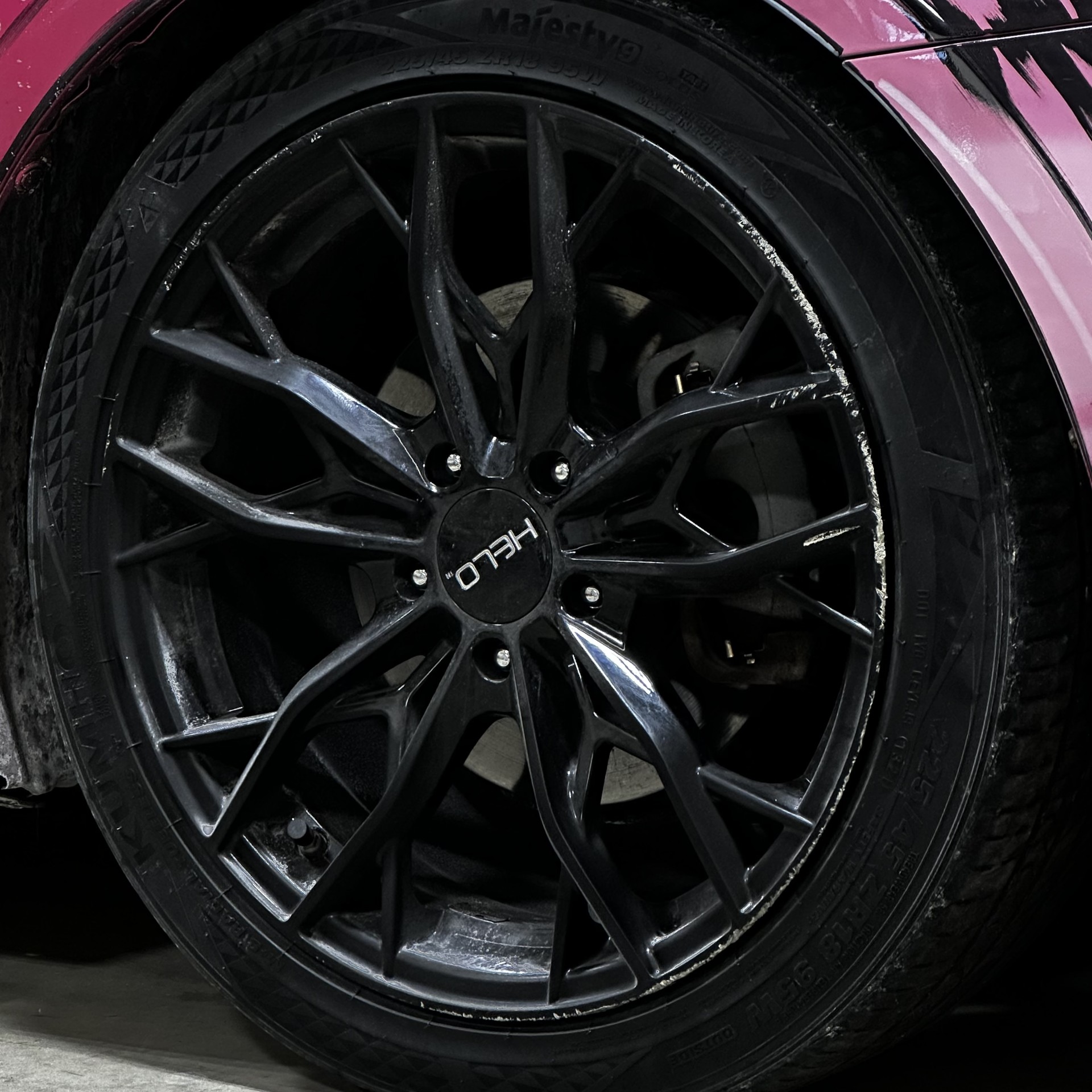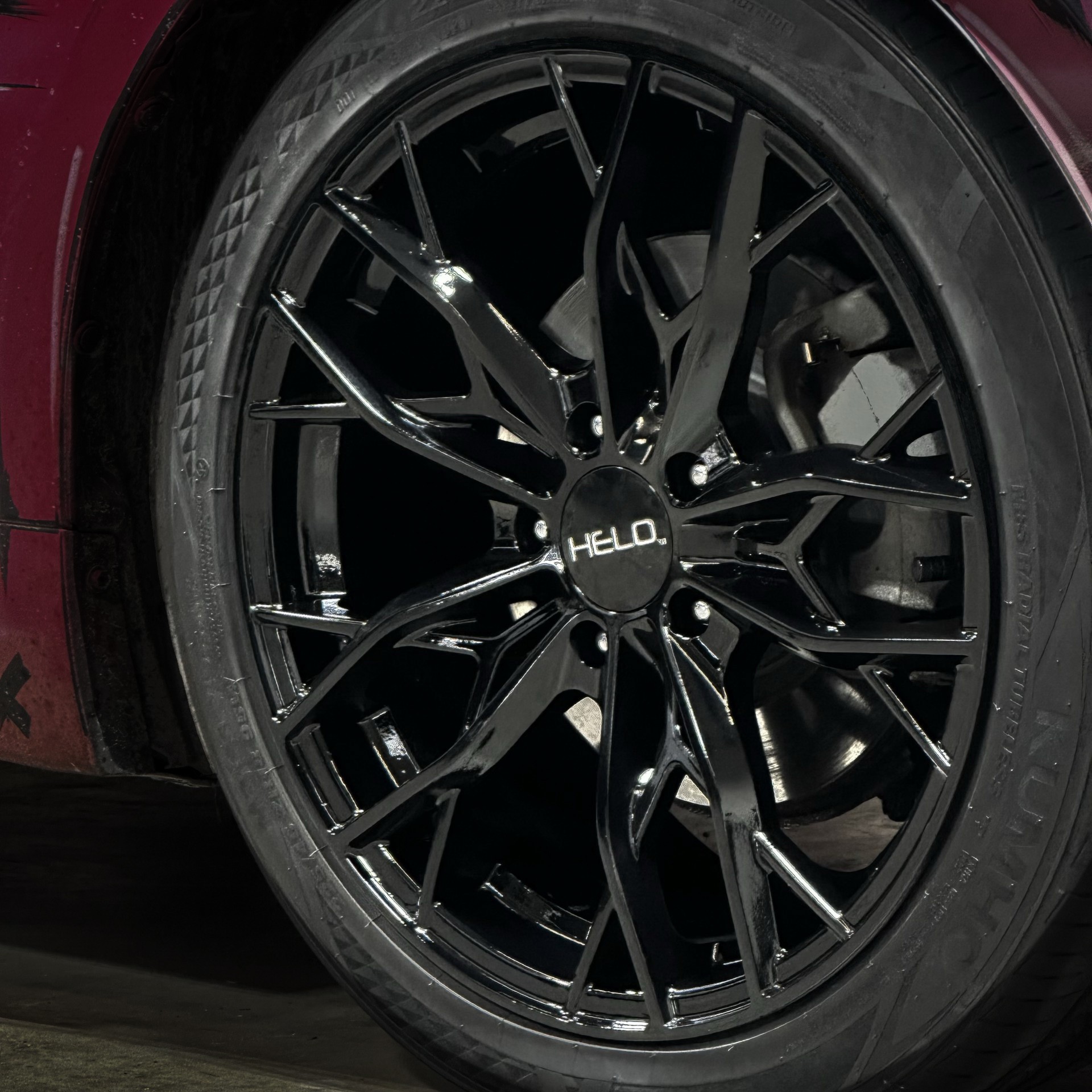Curb Rash – How do we fix it?
Curb rash is one of the most common and frustrating types of damage to a vehicle’s wheels. Whether it’s caused by a misjudged parking attempt or a slightly too close brush with a curb, the result is often scratched or scuffed rims that can make your vehicle look less than pristine. The good news is that curb rash can be fixed, and with a little time, patience, and the right materials, you can restore your wheels to their former glory.
In this blog post, we’ll walk you through how to fix curb rash on your wheels, whether you want a DIY approach or you’re considering professional help.
What is Curb Rash?
Curb rash is a term used to describe the scuff marks, scratches, or gouges on the edge of a wheel that are caused by contact with a curb or other hard surface. This type of damage usually affects the outer lip of the rim and can vary in severity. While it might not immediately affect your car’s performance, curb rash can be unsightly and may reduce the value of your vehicle.
Detail Pro Shop Step-by-Step Process:
-
Clean the Wheel: Start by thoroughly cleaning the affected area using soap and water. Remove any dirt, grease, or brake dust. A clean surface will help ensure the repair process goes smoothly.
-
Assess the Damage: Evaluate the extent of the curb rash. If the damage is light and just involves some scratches, sanding and painting may be sufficient. For deeper gouges, you’ll need to fill the area before sanding.
-
Sand the Damaged Area: Using 800-grit sandpaper, gently sand the scratched area in a circular motion to smooth out the rough edges. Be careful not to over-sand and make the damage worse. Once you’ve worked through the rough patches, move to finer grits (1200 and 2000) to further smooth the surface.
-
Apply Wheel Repair Filler: If you have deep gouges, use a wheel repair filler (or aluminum filler for metal rims). Apply the filler to the gouged area using a putty knife or an applicator tool. Smooth it out to match the contour of the wheel. Let it dry according to the manufacturer’s instructions.
-
Sanding Again: Once the filler has dried, use 1200-grit sandpaper to gently smooth the filled area. Continue with 2000-grit sandpaper to refine the finish, ensuring the repair blends seamlessly with the rest of the wheel.
-
Prime and Paint: If you’ve exposed bare metal or want to ensure the repair holds up, apply a light coat of primer to the repaired area (optional). Once the primer is dry, use a spray can of wheel paint to match the color of your wheel. Apply several light coats, allowing each layer to dry before applying the next. Make sure the paint is even and doesn’t run.
-
Clear Coat (Optional): After the paint has dried, you can apply a clear coat to seal the repair and give it a glossy finish. This step is optional but will provide added protection for the repair.
-
Finishing Touches: Once everything is dry and cured, gently buff the repaired area with a microfiber cloth to smooth out any unevenness.
-
Reinstall the Wheel: If you removed the wheel during the repair process, reinstall it and check the wheel for any imperfections.
When to Seek Professional Help
While many curb rash repairs can be done at home, sometimes the damage may be too extensive for a DIY fix, or the wheel may have a finish that’s hard to replicate. Here are a few scenarios when you should consider seeking professional help:
- Severe Gouging: If the damage is deep, affects the structural integrity of the rim, or is widespread, it may require specialized repair.
- Chrome or Complex Finishes: If your wheels have a complex finish such as chrome, polished aluminum, or custom paintwork, a professional may be better equipped to restore the look accurately.
- Wheel Refinishing: A professional can also refinish your entire wheel if the curb rash is extensive or if you simply want to give your rims a fresh new look.
Preventing Curb Rash in the Future
While curb rash is bound to happen occasionally, there are some things you can do to reduce the risk:
- Park Carefully: Always make sure to park with plenty of space between your wheel and the curb.
- Use Parking Sensors: If your vehicle has parking sensors, make sure they’re working properly to help avoid close encounters with curbs.
- Install Rim Protectors: There are products available, such as rim protectors or curb rash guards, that can help protect your wheels from damage in the event of a minor scrape.

